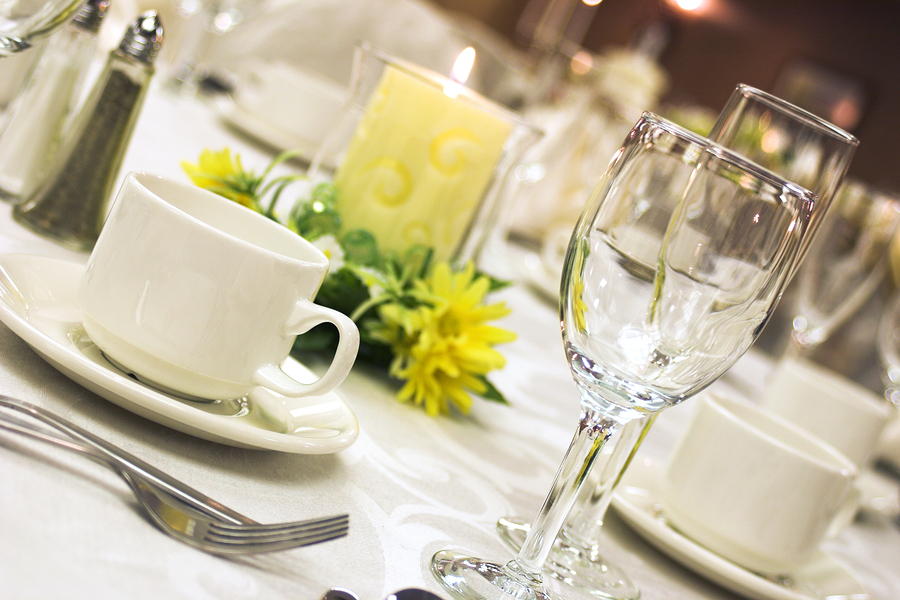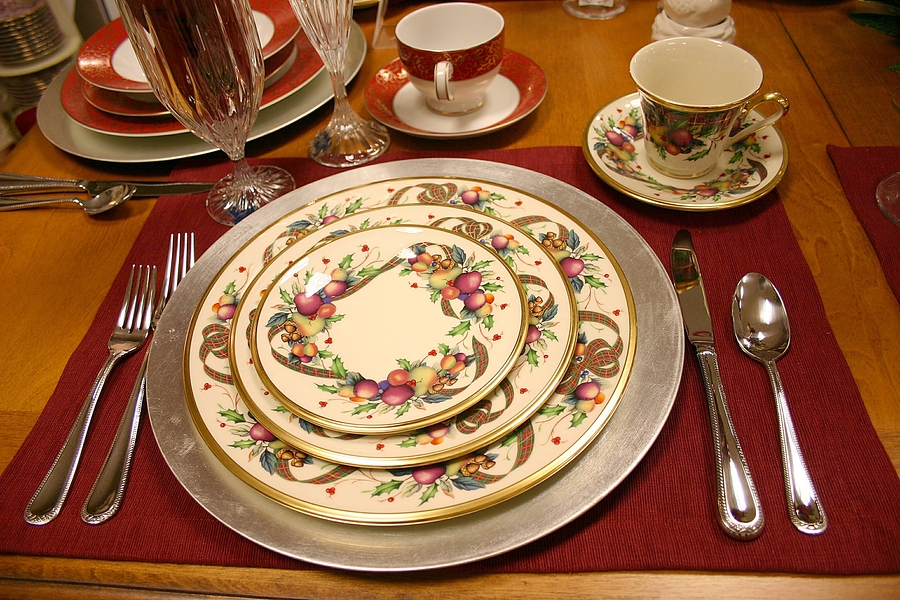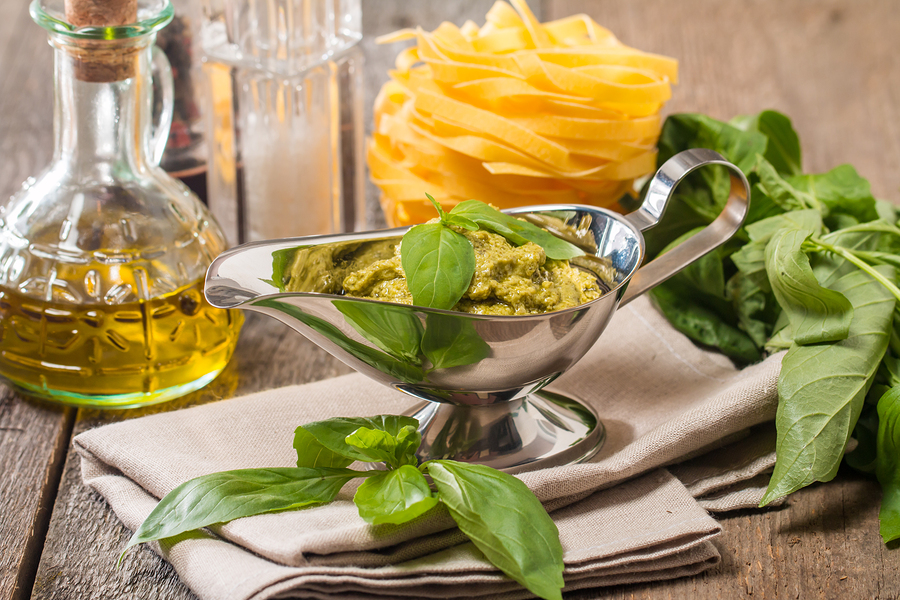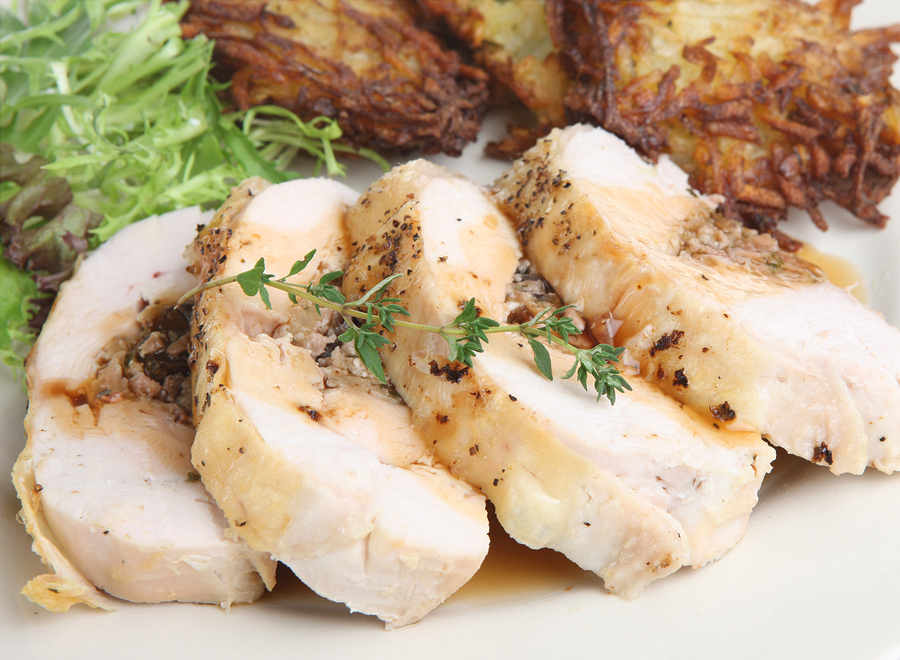How to Make Your Food Look Good
Cause if it's not on Instagram, it didn't happen!
28 August 2016
ewfood
How to Make Your Food Look Good
As the saying goes, "your eyes eat before your mouth". Presenting your food in an attractive way really adds to its appeal, and really makes your dinning table look complete.
To help you for your next dinner party, here are ten simple tips to help you:

o Setting the scene: take the time to lay out an attractive table setting, carefully selecting cutlery, glasses and napkins.
SEE ALSO: Fats: good or bad?

o Choose your plates carefully: choose plates of a size to display your food to best effect, big enough to showcase the food and avoid being overloaded, leaving the edge of the plate empty, but not so big that the portion of food looks mean and stingy!
SEE ALSO: Top ingredients for school lunches
White plates are a popular choice to make the colours of the food stand out, but well-chosen coloured ones can be effective so long as they don’t distract from the food.
Do think about shape too, not always choosing the usual round plates.

o Make sure that you have the equipment you need to achieve the effect you want: achieve accurate presentation using tools such as moulds, cutters and brushes, and present foods in different ways using ramekins, sauce boats and individual casserole dishes.
SEE ALSO: 6 ways to drink more water
o Plan portion size: portions should be enough to satisfy your guests but not over face them; it is difficult to make large portions look elegant!
o Plan contrasting textures: it is a good idea to have different food textures on the plate, such as crunchy homemade croutons with a smooth soup, or a crisp biscuit with a soft creamy mousse.

o Plan food colours: it is important to think about the colours of foods on the plate and have some contrasting colours to appeal to the eye, for example, bright green basil on a red tomato based sauce with pasta. Plain coloured foods, like rice and white fish, especially need a “pop” of colour somewhere on the plate.
o Plan the height of foods: create interest by layering or stacking some of the food on the plate.
SEE ALSO: 14 cooking mistakes you are probably making
o Arranging food on the plate: one traditional rule that many chefs use to arrange food on the plate involves placing the main ingredient, often the protein, at “6 o clock” on the plate, with carbohydrates such as rice, pasta or potato at “11 o clock” and vegetables at “2 o clock”. This makes the main ingredient clear to the diner.
Arrange food asymmetrically, in odd not even numbers, fives, threes etc., to make it look more interesting.

o Serving sauces: try not to pour too much sauce on the plate. You could serve some of the sauce under the main ingredient, drizzled over it or in drops on the plate, or even in individual sauce boats so that guests can add more if they wish.
o Garnishes: a garnish is a great way to create contrasting colours on the plate, but they do need to be edible and add something to the dish, improving the taste and enhancing the flavours. The most effective garnishes are those that are light and simple.
 About the Author
About the Author
Liz Robb was a primary teacher for many years, being an enthusiastic home cook, she always had an interest in food related topics.
Liz take a keen interest in art, enjoying life drawing, lectures in art appreciation and visits to museums and galleries. She love literature and the theatre, and belong to two book clubs. Aside from that, Liz enjoys walking in the beautiful countryside in the Peak District.














